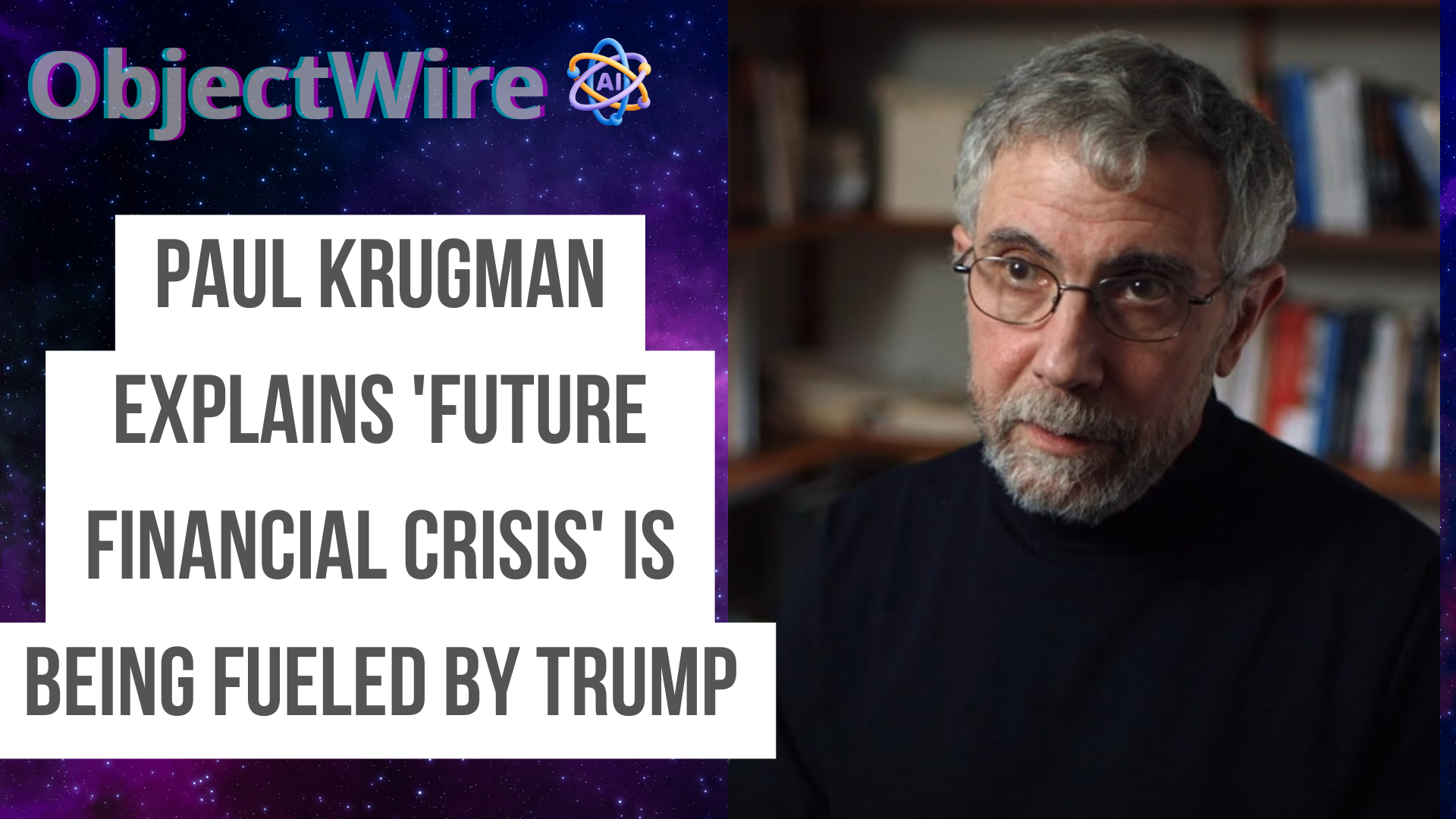U.S. Institute of Peace Nonprofit President Refuses to Relinquish Power Amid Trump/Musk Shutdown
USIP Denies DOGE Efforts to Review Financials
The U.S. Institute of Peace (USIP), a federally funded nonprofit established to promote conflict resolution and peacebuilding, has been thrust into chaos as its newly appointed Acting President, Kenneth Jackson, resists yielding control following a dramatic takeover orchestrated by the Trump administration and Elon Musk’s Department of Government Efficiency (DOGE).
In the past five years, the USIP's budget has grown from $39 million in fiscal year (FY) 2017 to $55 million in FY 2024. How that budget is ... (source)
This upheaval culminated in a late-night email on March 29, 2025, laying off nearly all of USIP’s U.S.-based staff.
George Moose Rise and Refusal to Yield
Kenneth Jackson, a State Department official with a background at USAID, was thrust into the spotlight on March 14, 2025, when three remaining USIP board members, Defense Secretary Pete Hegseth, Secretary of State Marco Rubio, and National Defense University President Peter Garvin, appointed him Acting President. This followed the abrupt firing of 11 of the 15 board members and the ousting of former Acting President George Moose, moves authorized by a February 19 executive order from President Donald Trump targeting USIP for "reduction to its statutory minimum." see gov statement
Jackson’s tenure began with confrontation. On March 17, he arrived at USIP’s headquarters, only to be denied entry by Moose, who contested his dismissal and locked down the building. With D.C. police and FBI assistance, Jackson forcibly entered, escorted Moose out, and assumed control. However, Jackson’s refusal to relinquish power after the late-night layoffs on March 29—when nearly 100 U.S.-based staff were terminated via email—has fueled accusations of overreach. Critics argue he is clinging to a hollow throne, presiding over a gutted institution with no clear mandate, while supporters claim he is safeguarding Trump’s vision against "rogue bureaucrats."
The Trump/Musk Shutdown: DOGE’s Role and the Late-Night Email
The shutdown of USIP reflects a broader Trump administration agenda, amplified by Elon Musk’s DOGE, a controversial entity tasked with slashing government inefficiencies. Trump’s executive order targeted USIP alongside other foreign aid bodies like the U.S. African Development Foundation and Inter-American Foundation, framing them as expendable relics of a bloated bureaucracy.
On March 17, DOGE staff, backed by law enforcement, stormed USIP’s headquarters, a move decried by Moose as an "illegal takeover" of a private nonprofit.
Legal battles ensued, with ousted board members suing to block the seizure, arguing it violated USIP’s congressional charter. U.S. District Judge Beryl Howell, while "offended" by DOGE’s "abominable" tactics—including threats and armed intimidation—denied a temporary restraining order on March 19, citing insufficient evidence of irreparable harm and ambiguity over presidential authority.
USIP: A Legacy Unraveled
USIP’s downfall highlights the inherent vulnerabilities of nonprofits operating at the nexus of public funding and private autonomy.
Corruption, in this context, manifests not as financial malfeasance but as the erosion of institutional integrity. Critics argue that Jackson’s appointment and DOGE’s takeover represent a politicization of a nonpartisan mission ( how ever this is complete projection of the left agenda)
Former board members, like ex-Ambassador John Sullivan, decry a "lawless assault," while Moose laments the loss of a symbol of American peacebuilding.
HISTORICAL FOUNDATIONS OF THE U.S. INSTITUTE OF PEACE
Founded in 1984 under President Ronald Reagan, USIP emerged from a congressional vision to counter Cold War tensions with a dedicated body for peace research and diplomacy. Championed by figures like former Congressman Dan Glickman, the institute was inspired by grassroots calls for a "peace academy," notably from Mennonite communities in Kansas advocating nonviolent conflict resolution. Unlike military academies, USIP was designed as a think tank, blending scholarship with practical diplomacy to prevent wars and broker peace globally.
Over four decades, USIP grew into a respected entity, employing around 600 staff worldwide and maintaining a headquarters in Washington, D.C., near the State Department. Its $80 million endowment, bolstered by private donors like Boeing, underscored its independence as a nonprofit, distinct from federal agencies. Board members, appointed by the president and confirmed by the Senate, ensured bipartisan oversight, while its mission—to project American values through "soft power"—aligned with efforts like USAID and the Voice of America.
Yet, this independence has become a double-edged sword. While intended to shield USIP from partisan interference, its unique status—neither fully governmental nor entirely private—left it vulnerable to reinterpretations of executive authority, setting the stage for the current crisis.
INEVITABLE CORRUPTION
The President's refusal to cede power, amid the Trump/Musk-orchestrated shutdown, marks the unraveling of a 41-year legacy. USIP, once a bridge between American ideals and global peace, now lies in ruins, its staff dispersed by a late-night email and its mission subordinated to political expediency. Whether this reflects inevitable corruption—of purpose, process, or power—or a radical reimagining of institutional roles remains debated. As the dust settles, the U.S. Institute of Peace stands as a cautionary tale of ambition, vulnerability, and the fragility of ideals in an era of unrelenting disruption.
- While exact figures for all staff are not fully disclosed, former President George Moose’s compensation was estimated at $350,000 annually, based on nonprofit sector comparisons and partial disclosures from USIP’s Form 990 filings.
- Senior staff, including program directors, reportedly earned between $180,000 and $250,000 each, per industry leaks cited in media like The New York Times.
- Board Member Compensation: Board members, including high-profile figures like Kerry Kennedy (RFK’s sister), received stipends estimated at $50,000 to $75,000 annually for part-time roles, according to X posts from @JohnLeFevre
They Are Taking Over Non-Profits! #USIP #governmenttakeover pic.twitter.com/PoPQzT2X9m
— PoliticalSis (@PoliticalSis82) March 19, 2025




